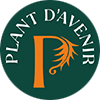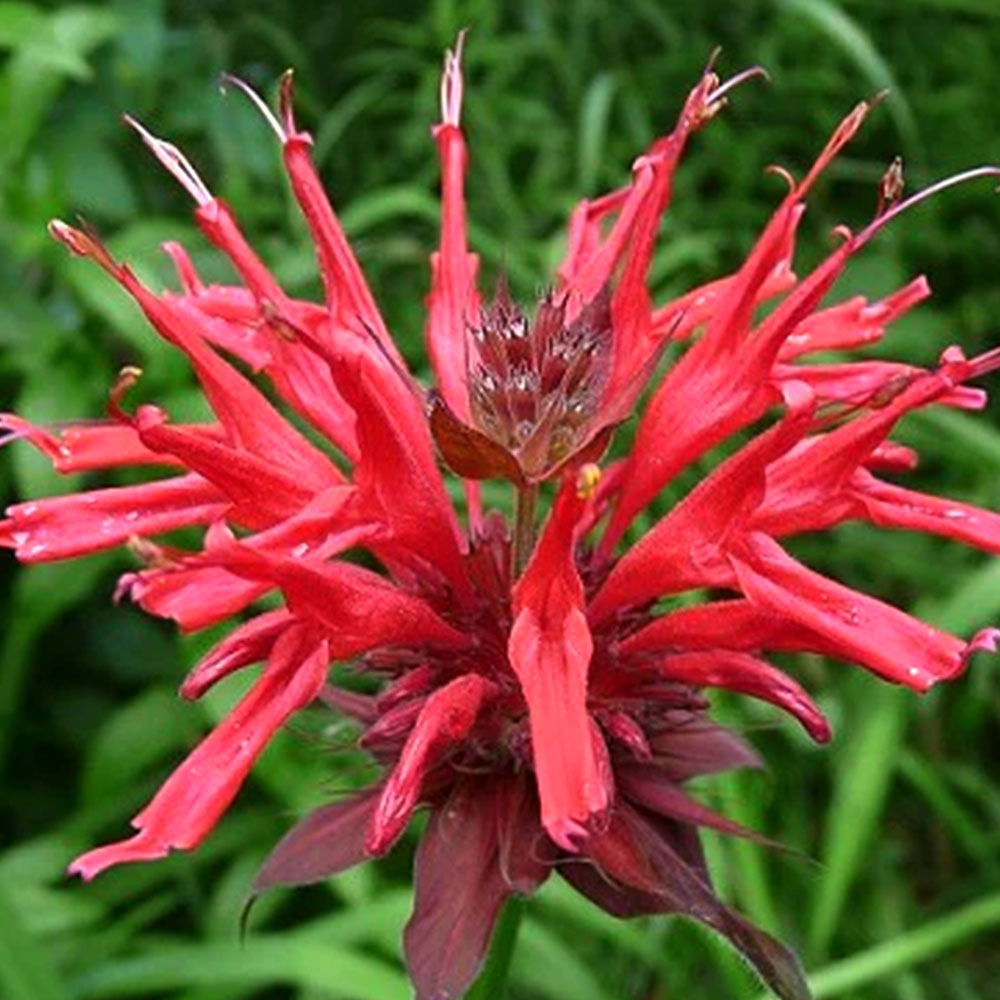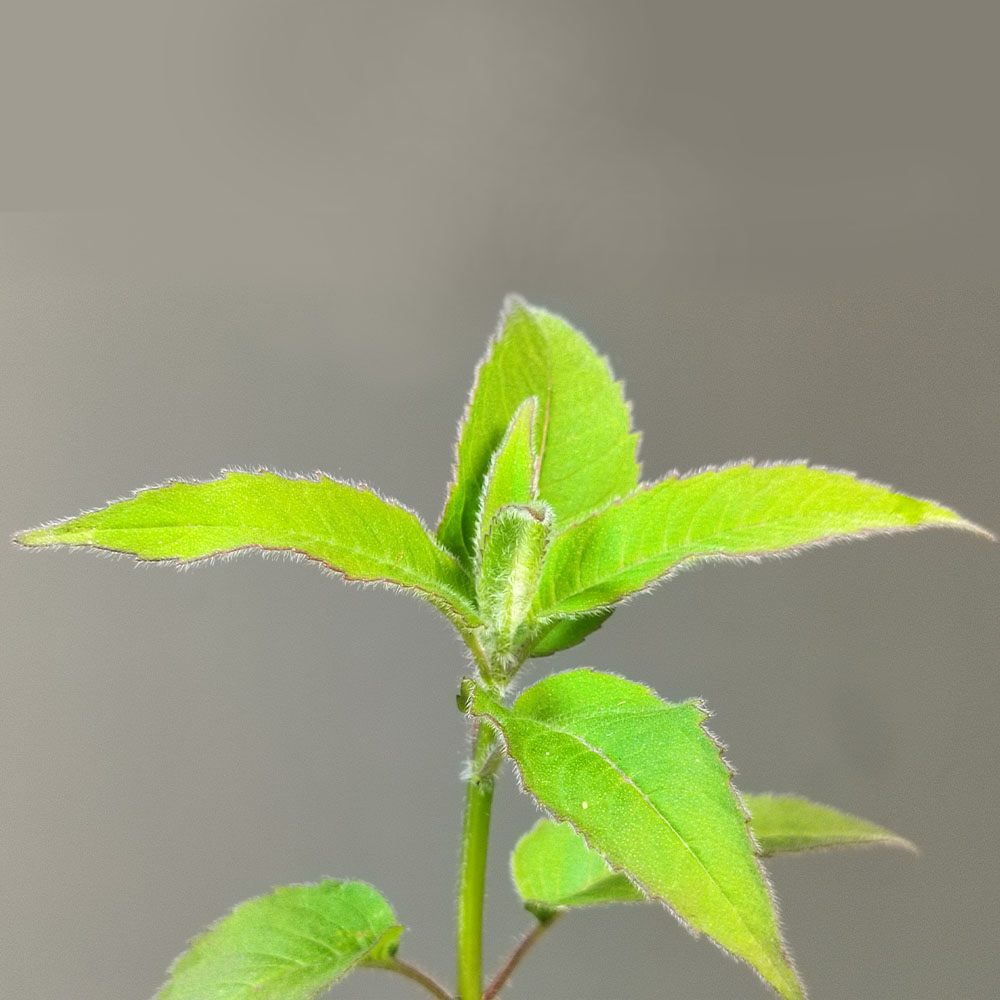-
 € 3,90 × 1×€3.9
€ 3,90 × 1×€3.9
Customer matched zone "Locations not covered by your other zones"
“Monarda didyma” has been added to your cart. View cart
Monarda didyma
A perennial with unusual fire colored flowers and fragrant foliage
Rated 0 out of 5
0 customer reviews
€ 3,90
Only 28 item(s) left in stock!
Tags: bouquets, composition florale, fleurs, jardin, longue floraison, medicinale, perennial, plant, soleil, vivace
SKU: pda363
Category: Beauty & Resilience, Bees and Butterflies, Bouquet, Culinary, Distillations, Fragrant, Frost Hardy, Ground Cover, Make it Pop, Medicinal, Rewild, The Stunners

Monarda didyma
€ 3,90
Only 28 item(s) left in stock!
Monarda didyma or the Bee balm plant, is a hardy perennial plant from the Lamiaceae family, known for its powerfully fragrant leaves and its spectacular flowers.
The leaves are ovate, deep green and have a minty/bergamot fragrance when crushed, rubbed or infused.
The flowers are unique – a spectacular show of unusually shaped bright red flowers with reddish bracts.
It is cultivated for its leaves and flowers, which are used to make a fragrant, flavorful herbal tea traditionally enjoyed in Pennsylvania.
👨🌾GARDENING TIPS👨🌾:
This flower is NOT drought tolerant – though as we have seen in other situations, the future does not require only one set of skills and powers. What Monarda lacks in drought-tolerance, she more than makes up for in her ability to rewild a heavy clay soil garden, attract pollinators and other wildlife and bring beauty and medicinal uses while doing it. A few notes below:
-
- The species is a hermaphrodite (has both male and female organs) and is pollinated by bees. The plant is self-fertile.
- Soil: light (sandy), medium (loamy) and heavy (clay) soils and can grow in heavy clay soil. It prefers moist soil.
- pH: mildly acid, neutral and basic (mildly alkaline) soils.
- Exposure: semi-shade (light woodland) or no shade.
The Tales:
The genus name comes from Nicolas Monardes, the first European to describe the American flora, in 1569
Among Native American tribes, including the Blackfoot poples, the leaves were macerated in oil and used as a mouthwash.
Beebalm is a natural source of the antiseptic thymol, the primary active ingredient in modern commercial mouthwash formulas.
The Winnebago people used the tea as a general stimulant – it’s true that it has more of a ginger-energy kick than a normal mint tea.
The Native Americans of Oswego used the tea to treat excessive flatulence – using it as a carminative herb.
The plant attracts hummingbirds
Other Names:
Red Bee Balm
Crimson beebalm
Scarlet beebalm
Scarlet monarda
Eau-de-Cologne plant
Oswego tea
Bergamot
Origin:
North America
Similaire
| Weight | 0,2 kg |
|---|---|
| Planting Season | March to May, September to November |
| Foliage | Deciduous |
| Flower Color | Red |
| Flowering | July, August, September |
| Soil | Cool, Moist, Well-Draining |
| Exposure | Full Sun |
| Frost Tolerance | -15°C to -20°C |
| Size | 0.8m H x 0.4m W |
Reviews
0
Rated 0 out of 5
0 customer reviews
5
0
4
0
3
0
2
0
1
0
Only logged in customers who have purchased this product may leave a review.
You may also like…
Nepeta x faassenii
Catnip is known for its grey-green, aromatic foliage and masses of lavender blue flowers.
Catnip is known for its grey-green, aromatic foliage and masses of lavender blue flowers.
Rated 0 out of 5
Valeriana officinalis
Valeriana officinalis is a perennial flowering plant that produces sweetly scented pink or white flowers all summer long.
Valeriana officinalis is a perennial flowering plant that produces sweetly scented pink or white flowers all summer long.
Rated 0 out of 5
Helianthus strumosus
An edible perennial with yellow flowers and delicious tubers
An edible perennial with yellow flowers and delicious tubers
Rated 0 out of 5
Related Products
Vinca minor
Looping elegance and ability to form a low flowering ground cover
Looping elegance and ability to form a low flowering ground cover
Rated 0 out of 5
Cerastium tomentosum var. columnae
A grey-green spreading ground cover from the mountains.
A grey-green spreading ground cover from the mountains.
Rated 0 out of 5
Stachys byzantina
Silky white-grey leaves and tall striking flowers
Silky white-grey leaves and tall striking flowers
Rated 0 out of 5
Echinacea purpurea
A perennial with purple flowers all summer long
A perennial with purple flowers all summer long
Rated 0 out of 5
Tanacetum densum subsp. amani
A shrublet composed of soft, finely divided silvery gray-white leaves.
A shrublet composed of soft, finely divided silvery gray-white leaves.
Rated 0 out of 5
Melissa officinalis
A perennial plant in the mint family that is adored by bees, royal families and tea drinkers.
A perennial plant in the mint family that is adored by bees, royal families and tea drinkers.
Rated 0 out of 5
Euphorbia cyparissias Clarice Howard
A Euphorbia that resembles a soft little cyprus tree
A Euphorbia that resembles a soft little cyprus tree
Rated 0 out of 5
Hieracium maculatum ‘Leopard’
A native perennial with blue-green leaves and a tall yellow flower
A native perennial with blue-green leaves and a tall yellow flower
Rated 0 out of 5
Delosperma cooperi
A dwarf perennial known for its vermillion colored flowers
A dwarf perennial known for its vermillion colored flowers
Rated 0 out of 5
Euphorbia myrsinites
Known for its draping form of silver-gray foliage and radiant blooms.
Known for its draping form of silver-gray foliage and radiant blooms.
Rated 0 out of 5
Tradescantia andersoniana ‘Blushing Bride’
A Tradescantia with gorgeous blushes of pink and white that appear in the coldest nights.
A Tradescantia with gorgeous blushes of pink and white that appear in the coldest nights.
Rated 0 out of 5
Trachelospermum asiaticum ‘Ogon Nishiki’
Jasmine with colorful foliage and lovely white flowers in summer
Jasmine with colorful foliage and lovely white flowers in summer
Rated 0 out of 5
Glechoma hederacea
A sweet smelling ground cover, producing little blue flowers all summer long.
A sweet smelling ground cover, producing little blue flowers all summer long.
Rated 0 out of 5
Hellebore argutifolius
Winter flowering perennial with marbled blue-green leaves
Winter flowering perennial with marbled blue-green leaves
Rated 0 out of 5
Erigeron kavinskianus
A daisy-like carpet of flowers
A daisy-like carpet of flowers
Rated 0 out of 5
Artemisia ludoviciana ‘Valerie Finnis’
A semi-evergreen, aromatic variation on the theme of Artemisia.
A semi-evergreen, aromatic variation on the theme of Artemisia.
Rated 0 out of 5
Kalanchoe daigremontiana
A toothy succulent from Madagascar, known as the Mother of Thousands.
A toothy succulent from Madagascar, known as the Mother of Thousands.
Rated 0 out of 5
Sedum album
A low, multi-color ground cover.
A low, multi-color ground cover.
Rated 0 out of 5
recent view product
Chrysanthemum x rubellum ‘Dernier Soleil’
A perennial with large yellow flowers tipped with coppery-orange hues
A perennial with large yellow flowers tipped with coppery-orange hues
Rated 0 out of 5
Crassula tetragona
A succulent with dark green, sword-shaped leaves.
A succulent with dark green, sword-shaped leaves.
Rated 0 out of 5
Helichrysum orientale
A perennial with soft, ash gray foliage and yellow button flowers
A perennial with soft, ash gray foliage and yellow button flowers
Rated 0 out of 5
Euonymus fortunei ‘Emerald Gaiety’
Bush with round green leaves with bright white margins
Bush with round green leaves with bright white margins
Rated 0 out of 5
Leonotis leonurus
Known for its magnificent orange flowers and fragrant leaves
Known for its magnificent orange flowers and fragrant leaves
Rated 0 out of 5























































There are no reviews yet.